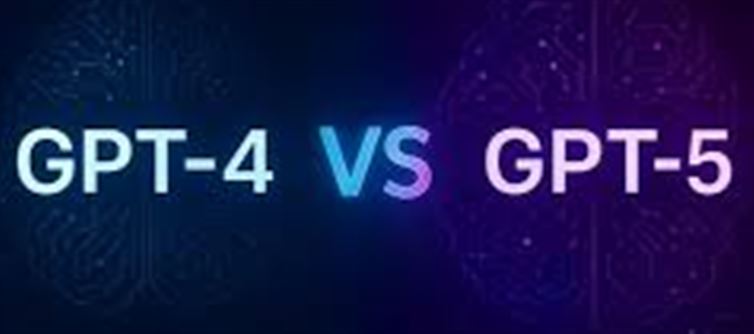
In the ongoing evolution of AI language models, the transition from GPT-4 to GPT-5 presents notable advancements as well as some areas of concern. This update showcases improvements that enhance user experience, but it also introduces a few shortcomings that warrant attention.
One of the most significant enhancements in GPT-5 is its ability to understand context and nuance more effectively. This allows for more coherent and relevant responses, making interactions feel more natural. The model has also expanded its knowledge base, incorporating more recent information, which improves its accuracy and relevance in various domains. Additionally, GPT-5 features advanced reasoning capabilities, enabling it to tackle complex queries and provide more insightful answers.
However, despite these advancements, some limitations persist. Users have reported occasional inconsistencies in responses, where the model may provide contradictory information or fail to grasp specific user intentions. This can be frustrating, especially in scenarios requiring precise answers. Furthermore, while GPT-5 has improved its conversational flow, it still struggles with maintaining context over extended dialogues, sometimes leading to repetitive or off-topic replies.
Another area of concern is the potential for bias in generated content. While efforts have been made to mitigate this issue, users must remain vigilant regarding the information presented, as biases can still emerge in certain contexts.
In summary, GPT-5 marks a significant step forward in AI language processing with its enhanced understanding and reasoning abilities. However, users should be aware of its limitations, particularly regarding consistency and potential biases. Overall, while the update brings exciting improvements, it also highlights the ongoing challenges in developing truly reliable and unbiased AI systems.
Disclaimer: This content has been sourced and edited from Indiaherald. While we have made adjustments for clarity and presentation, the unique content material belongs to its respective authors and internet site. We do not claim possession of the content material.
.jpg)




 click and follow Indiaherald WhatsApp channel
click and follow Indiaherald WhatsApp channel